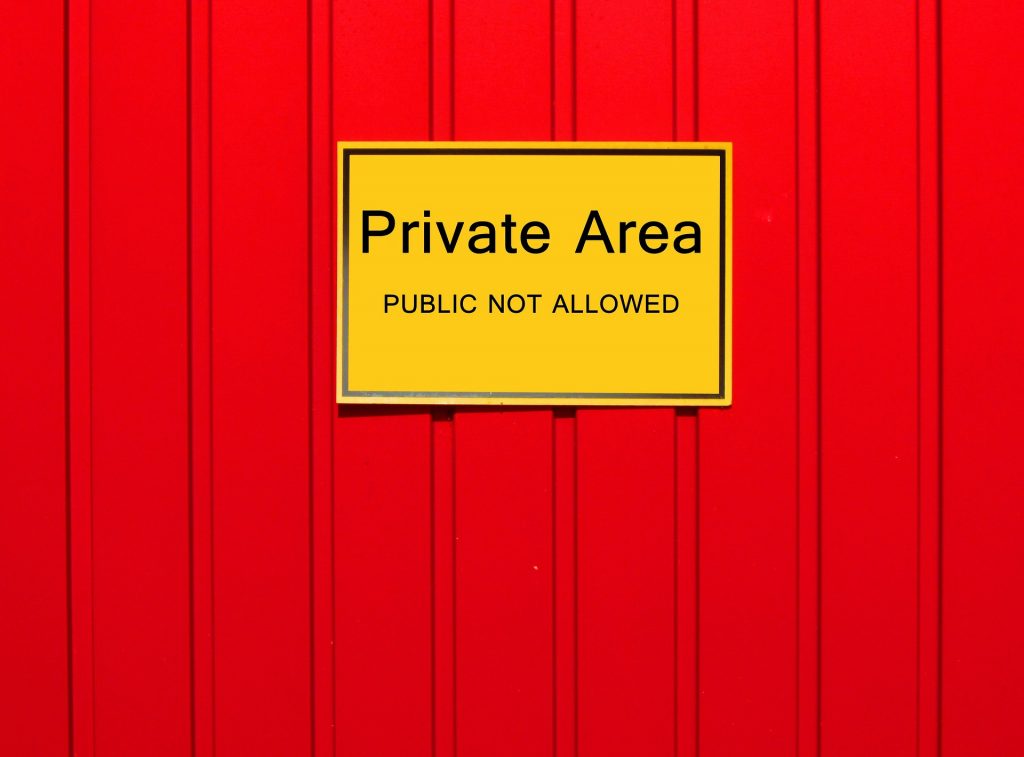CHMP Meetings: A Rare Behind-the-Scenes Look at These Private European Regulatory Meetings
by Penny Daniels & Kell Cannon

The first thing you need to know about Committee for Medicinal Products for Human Use (CHMP) meetings is that they are not public.
Because of this, you can’t research these meetings by watching a video online or reading a transcript. At the same time, these are extremely high-stakes meetings, where companies present their data and answer questions before a panel of individuals who will likely decide – or at least heavily influence – the future of the company’s product.
Since 3D has prepared many clients for CHMP meetings, we are often asked to describe what goes on behind closed doors – and how to effectively prepare. Here, we’ll focus on taking you behind the scenes. In our next blog post, we will look at what you should do to prepare for your meeting and steps to succeed once you’re in the room.
Let’s start with some background. Within the European Medicines Agency (EMA), the CHMP is the group that reviews scientific data and recommends marketing authorization – or not. Two CHMP representatives, a primary “rapporteur” and a supporting “co-rapporteur,” are charged with analyzing the applicant’s data and making recommendations to the agency. The CHMP may also seek scientific or risk-management advice to inform its decision and/or discuss objections. Finally, the CHMP may convene a meeting to discuss disagreement among the rapporteurs or between the rapporteurs and the applicant on specific topics.
We’re going to focus on the most common meeting type – the CHMP Oral Explanation (OE). The OE is convened at the end of the CHMP review cycle to decide on marketing authorization. It is attended by representatives from each EMA member nation who are asked to debate and vote on issues specific to the benefit-risk of the product. Ultimately, the applicant seeks to resolve the remaining CHMP objections. A positive vote by the panel can mean the difference between product approval or the need for additional data. Now that you have the background, let’s dive deeper into the challenges that await applicants at an OE.
First, since the meetings are held behind closed doors, even the applicant is not present for much of the discussion. The rapporteurs typically make their own presentation before the applicant is even allowed in the room. So, when applicants present and answer questions, they don’t know what the panel has already heard. In addition, applicants have only one hour to present their data AND answer the panel’s questions – typically a 20-minute presentation and 40 minutes of Q&A. In addition, applicants are usually not allowed to have more than ten people in the room. This means the applicant must field tough Q&A without much backup from internal or external experts. To top it off, the CHMP runs the presentation and Q&A off a single PowerPoint file. Because of this, many sponsors will only include a few backup slides to address questions. That means that most questions are answered verbally without slide support.
After the hour is up, the applicant is dismissed so the CHMP can deliberate – and vote – in private. The rapporteur then meets with the applicant to convey general conclusions and deliver vote results and recommendations – clearly, a set-up that is not conducive to applicants being able to take control should issues arise.
The good news is that there are ways to overcome these challenges. Read our advice in CHMP Meeting Success: Providing Clinical Perspective to Overcome Major Objections, where we cover the new processes and technology tools applicants can use to have more control at these important CHMP meetings.